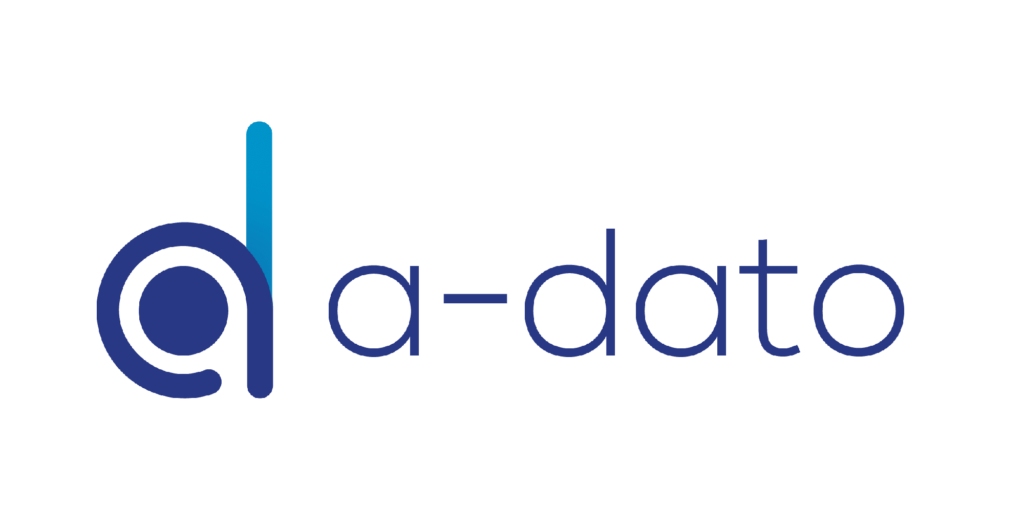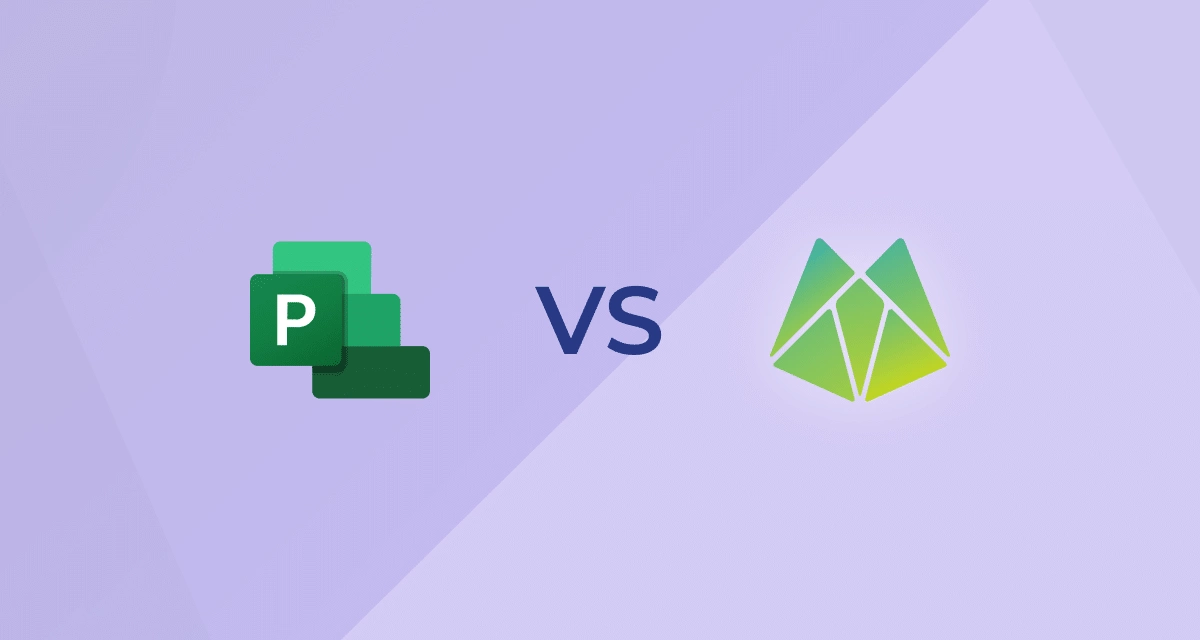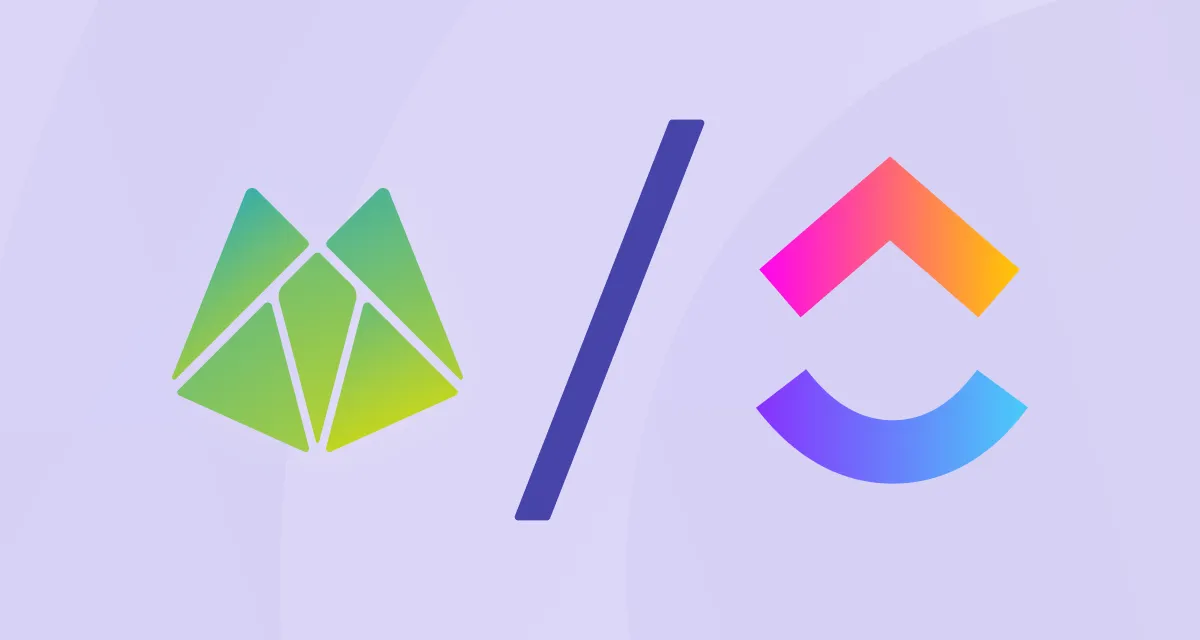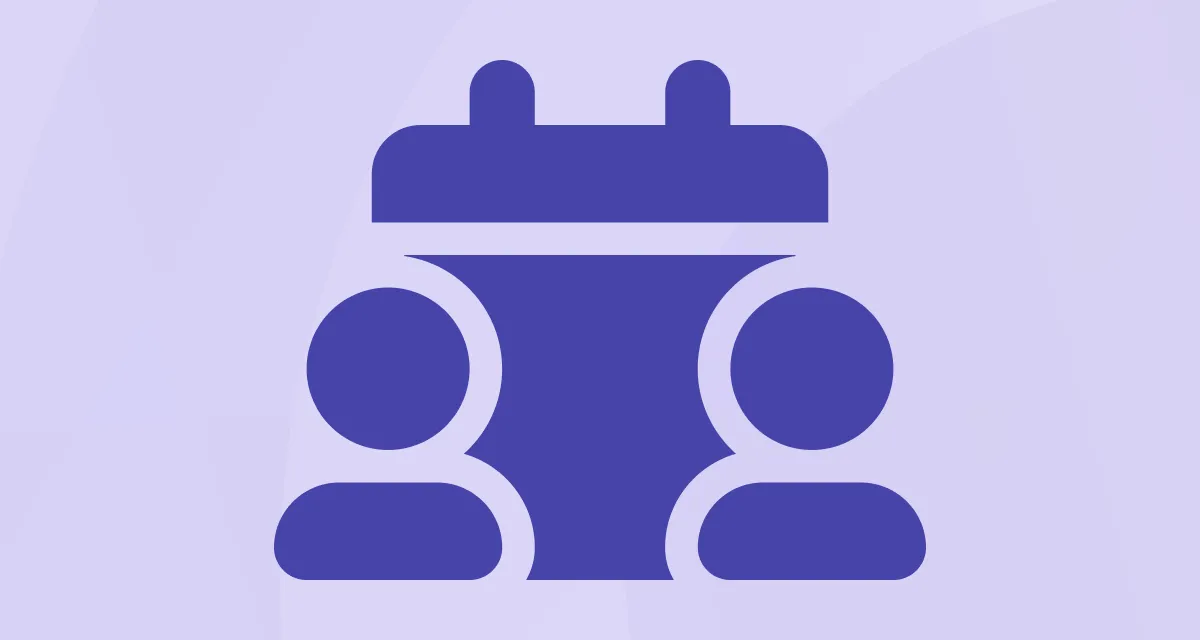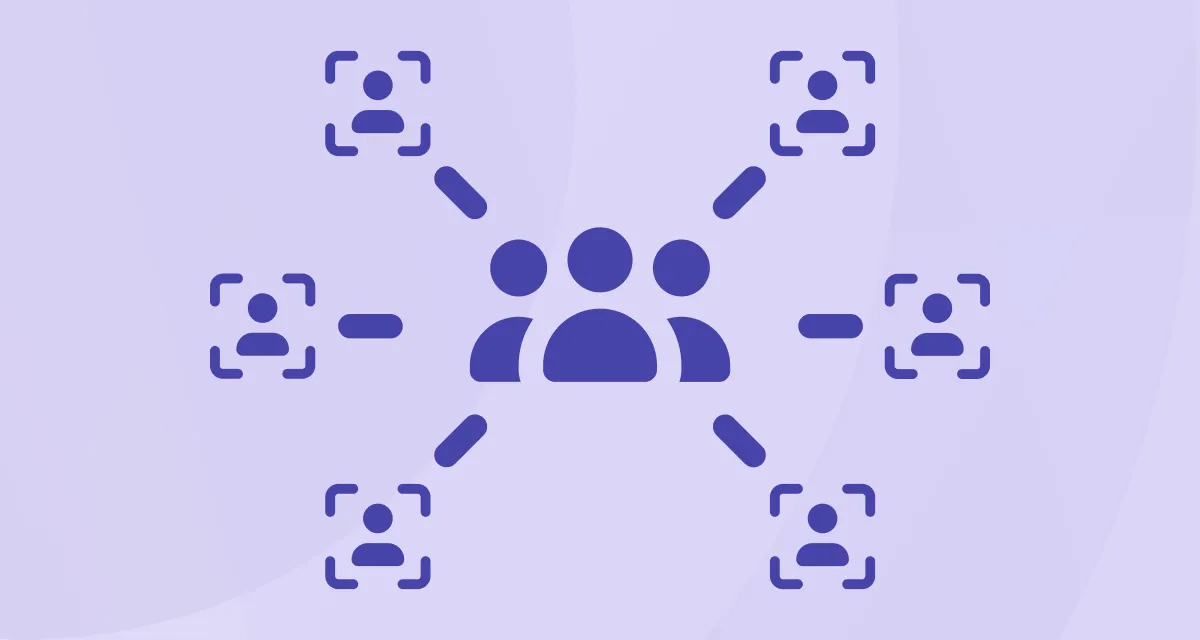What’s the right project management tool for hybrid work environments?
This comparison between Microsoft Project and LYNX by A-dato is designed to help organizations evaluate options based on actual operational needs, especially in complex, regulated, or resource-constrained environments.
📚 Table of Contents
Introduction
Hybrid project management is no longer optional for many organizations. It’s a response to the realities of cross-functional teams, mixed methodologies, and evolving regulatory demands. But not all tools marketed as “hybrid” offer the same level of integration or decision support.
In this post, we compare Microsoft Project, a traditional market leader, with LYNX by A-dato, a purpose-built hybrid platform.
1. Methodology Support: Parallel Features vs. Integrated Models
As organizations combine Agile, Waterfall, and Critical Chain methods in real-world projects, the ability of a PM tool to support these concurrently—not just independently—is crucial. Here we look at how each tool handles multiple methodologies in a hybrid setup.
| Microsoft Project | LYNX by A-dato | |
| Hybrid Setup | Agile and Waterfall views supported in separate modules | Unified support for Agile, Waterfall, and CCPM in one flow |
| Execution Integration | Requires manual coordination between planning styles | Cross-method coordination is built into core logic |
| Methodology Fit | Strong for Waterfall-centric teams with some Agile use cases | Built for dynamic, regulated, and multi-method environments |
2. Resource Management: Tracking vs. Flow Optimization
Managing resources is not only about assigning tasks but also about resolving conflicts, preventing bottlenecks, and aligning priorities across concurrent projects. This section compares how the two tools approach resource planning in hybrid contexts.
| Microsoft Project | LYNX by A-dato | |
|---|---|---|
| Resource Assignment | Manual updates; static scheduling | Real-time availability and buffer-driven prioritization |
| Conflict Resolution | Requires intervention by planners | Automated detection of overloads and bottlenecks |
| Multi-Project Support | Available with Project Plan 5 tier | Designed for shared resources across complex project portfolios |
3. Integration and Ecosystem Compatibility
Hybrid environments often include multiple tools—ERP systems, Agile boards, CRMs, and shared document platforms. The ability of a PM solution to integrate effectively determines whether teams gain unified visibility or remain siloed.
| Microsoft Project | LYNX by A-dato | |
| Ecosystem Integration | Seamless within Microsoft 365 | Connects to ERP, ALM, and DevOps tools across departments |
| Data Synchronization | Limited cross-platform synchronization | Real-time syncing and support for hybrid toolchains |
| Customization Needs | Often requires middleware or third-party plugins | Custom fields and workflows are built-in |
4. Portfolio-Level Decision Support
Organizations managing large project portfolios need more than task tracking—they need tools that support decision-making, prioritize work based on constraints, and offer risk-based forecasts. Here’s how the two tools compare in this domain.
| Microsoft Project | LYNX by A-dato | |
| Risk & Priority Insight | Dashboard support with Power BI integrations | Built-in project health metrics and buffer analytics |
| Portfolio Simulation | Not native | Supports “what-if” planning scenarios across projects |
| Executive Visibility | Based on tracked milestones | Designed around throughput, constraint visibility, and bottlenecks |
5. Implementation, Usability, and Change Management
A project management tool’s value depends not only on its features but also on how quickly and effectively teams can adopt it. In this section, we assess onboarding, learning curves, and support for organizational change.
| Microsoft Project | LYNX by A-dato | |
| Learning Curve | High for new users; familiar to seasoned PMs | Moderate; onboarding tailored to hybrid use cases |
| Change Management Support | Minimal beyond setup | Includes training, coaching, and cultural adoption programs |
| Onboarding Resources | Microsoft documentation + external partners | Dedicated onboarding and consulting from the vendor |
6. Total Cost of Ownership (TCO) and ROI Considerations
A complete evaluation includes cost factors beyond licensing—such as integration complexity, required training, and the impact of project delays. Here’s how both tools compare on overall cost-effectiveness.
| Factor | Microsoft Project | LYNX by A-dato |
| License Model | Subscription (cloud) or perpetual (on-prem) | Tiered pricing by project volume and complexity |
| Customization/Integration | Costly for non-Microsoft environments | Included for common systems; scalable via APIs |
| Training & Support | External training often required | Included onboarding and change enablement |
| Strategic Impact | Enables planning and tracking | Emphasizes throughput, bottlenecks, and proactive risk detection |
Conclusion
Microsoft Project and LYNX by A-dato offer different strengths:
-
Microsoft Project is well-suited for traditional planning workflows, particularly in environments already using Microsoft 365, where Waterfall is dominant and PMs are experienced with the tool.
-
LYNX by A-dato is optimized for hybrid and multi-project environments with constrained resources, multiple methodologies, and the need for integrated decision support.
Ultimately, the right tool depends on your team’s structure, methodology mix, and the scale and complexity of your portfolio.
Further Reading
📄 Want to explore this topic in more detail?
Download our in-depth whitepaper: Mastering Hybrid Project & Portfolio Management
This guide includes:
-
Why hybrid project setups are now standard and what that means for delivery
-
The operational risks of fragmented workflows and tools
-
Key requirements for systems that enable true hybrid coordination
-
How companies like Endress+Hauser, Bruns, and MEIKO are gaining real results with LYNX
Hybrid is here to stay. The organizations that embrace it and manage it well will lead the future of delivery.
